The Singing cave of Fingal
Categories: Nature
By Pictolic https://pictolic.com/article/the-singing-cave-of-fingal.htmlThis famous sea cave is located on the small island of Staffa, lying off the Scottish coast of Great Britain. The island is only 1 kilometer long and half a kilometer wide. Endless rains and sea waves have drilled a whole system of caves on this small piece of land. The largest of them was named after the giant Fingal, the hero of the Irish epic.
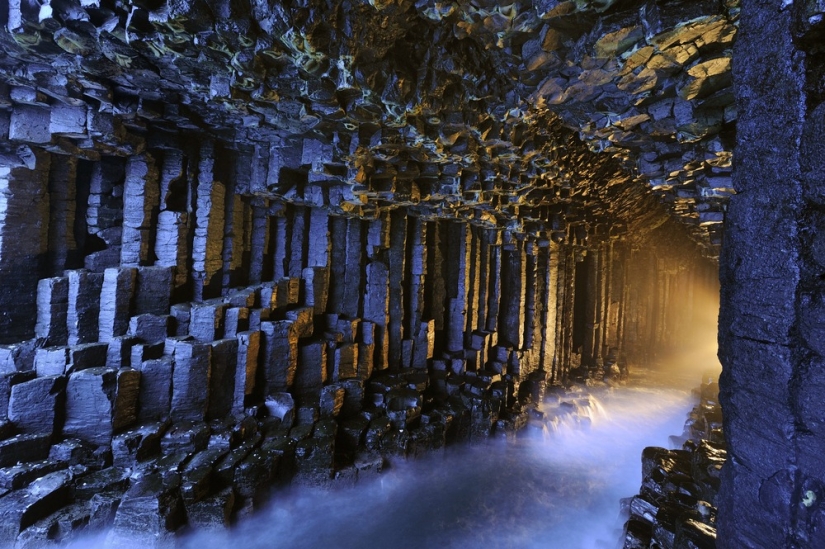
Staffa Island is the smallest island in the Inner Hebrides. Its area is only 33 hectares, and the highest point rises 42 m above sea level. The island became famous in 1722, when it was visited by the famous English naturalist Joseph Banks (1743-1820), who described the cave of Fingal.
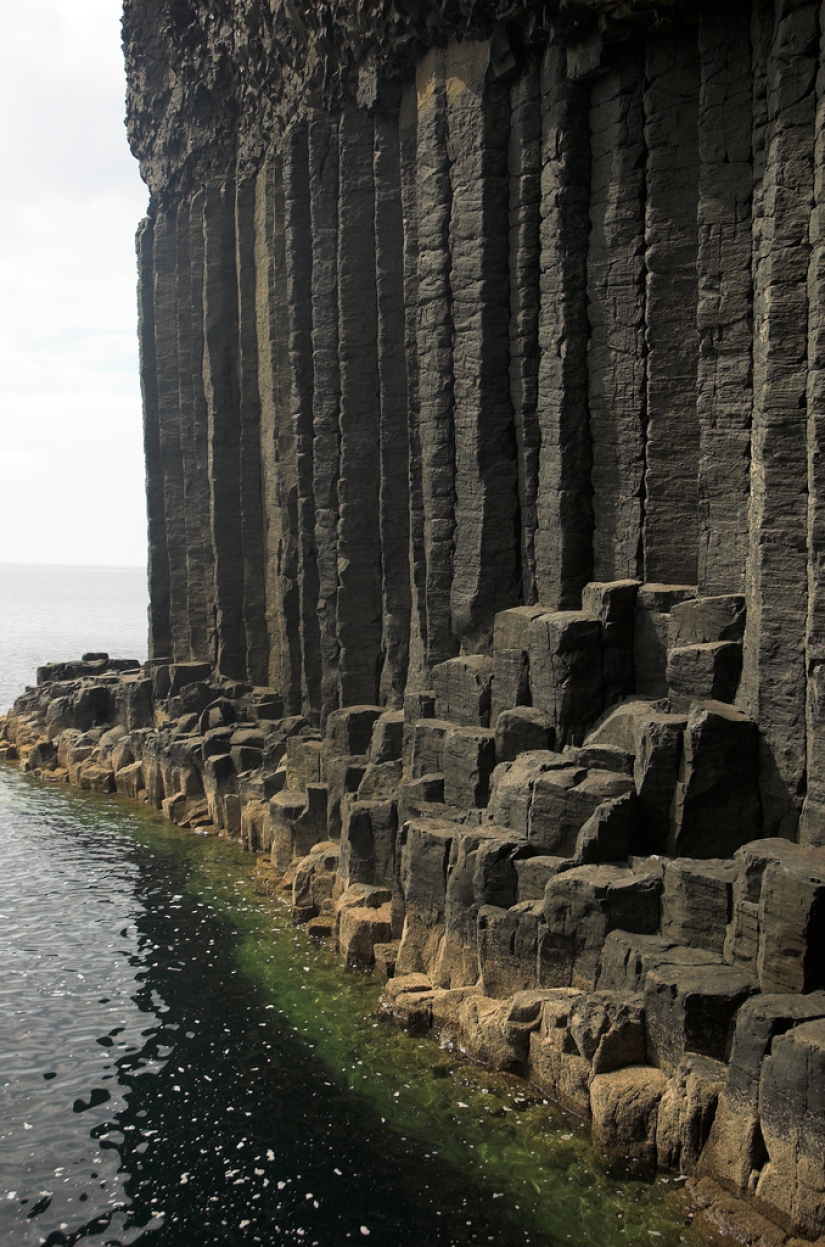
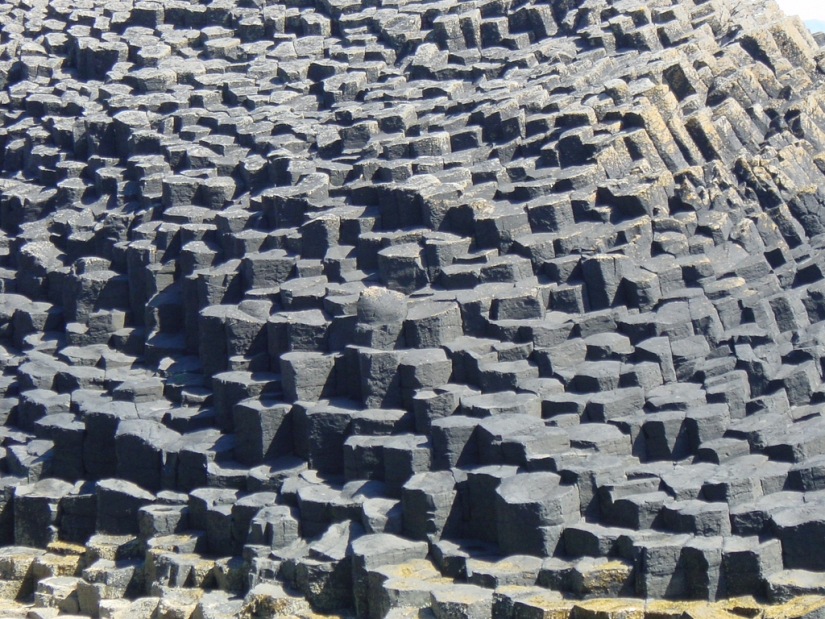
One of the most striking features of the island of Staffa, which immediately catches the eye, are the natural basalt columns, surprisingly regular in shape. Most columns have a 6-sided shape, but there are also 3-sided and 8-sided. They acquired such an unusual shape due to the long process of crystallization of volcanic lava.
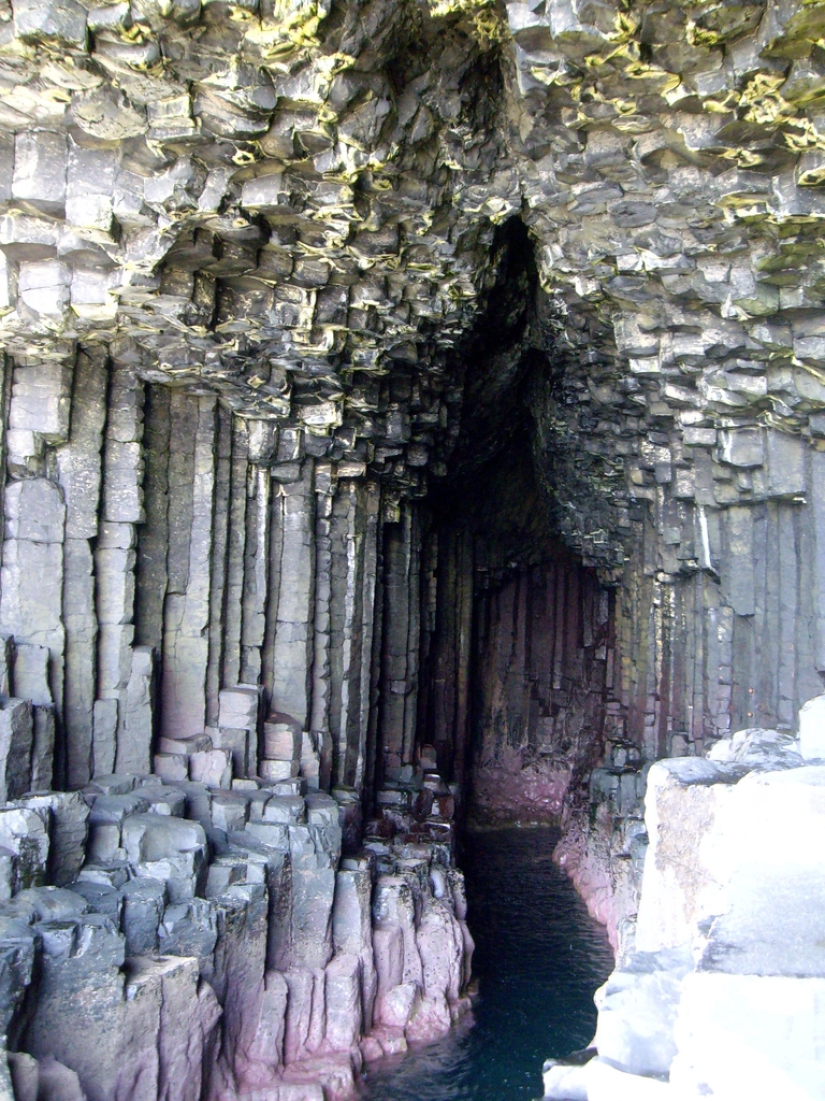
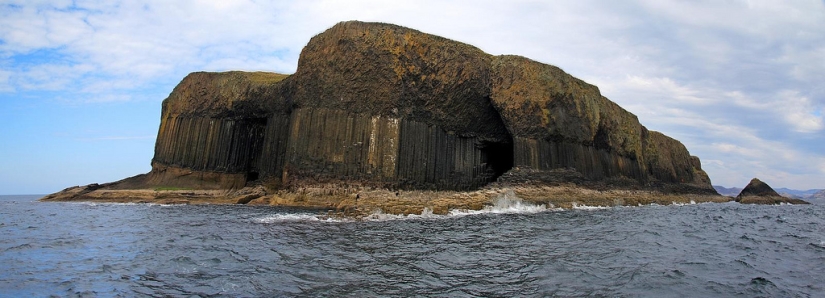
The main hall of the Fingal Cave is 75 m long, 20 m wide, and 14 m high. In Gaelic, this cave was called Uam-Bin (Cave of Melodies). The cave got its name in honor of the epic hero Fingal (Finn McCool) from the Scottish poet James MacPherson. According to Irish legends, the giant Fingal built a dam connecting Scotland and Ireland.

A narrow path leads to the cave of Fingal, surrounded by a magnificent basalt colonnade. The passage to the cave is so narrow that it is impossible to get there by boat.
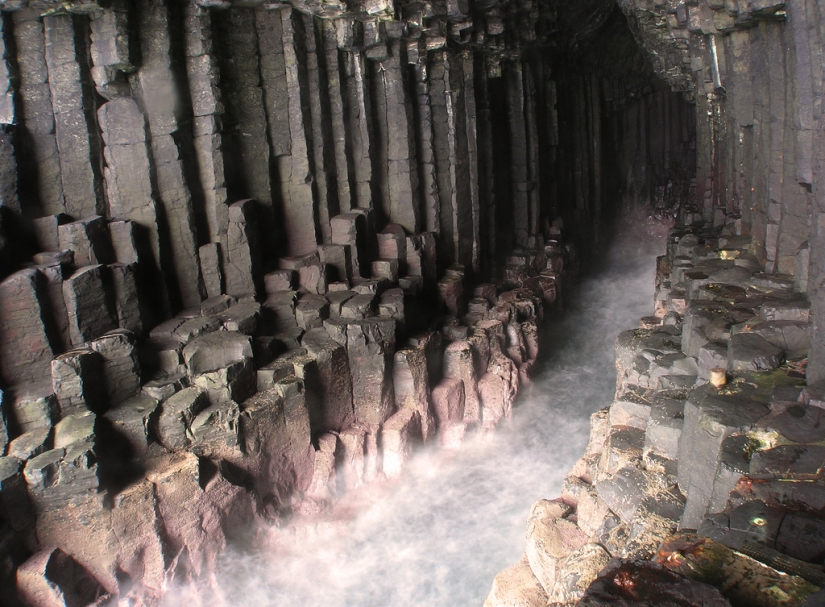
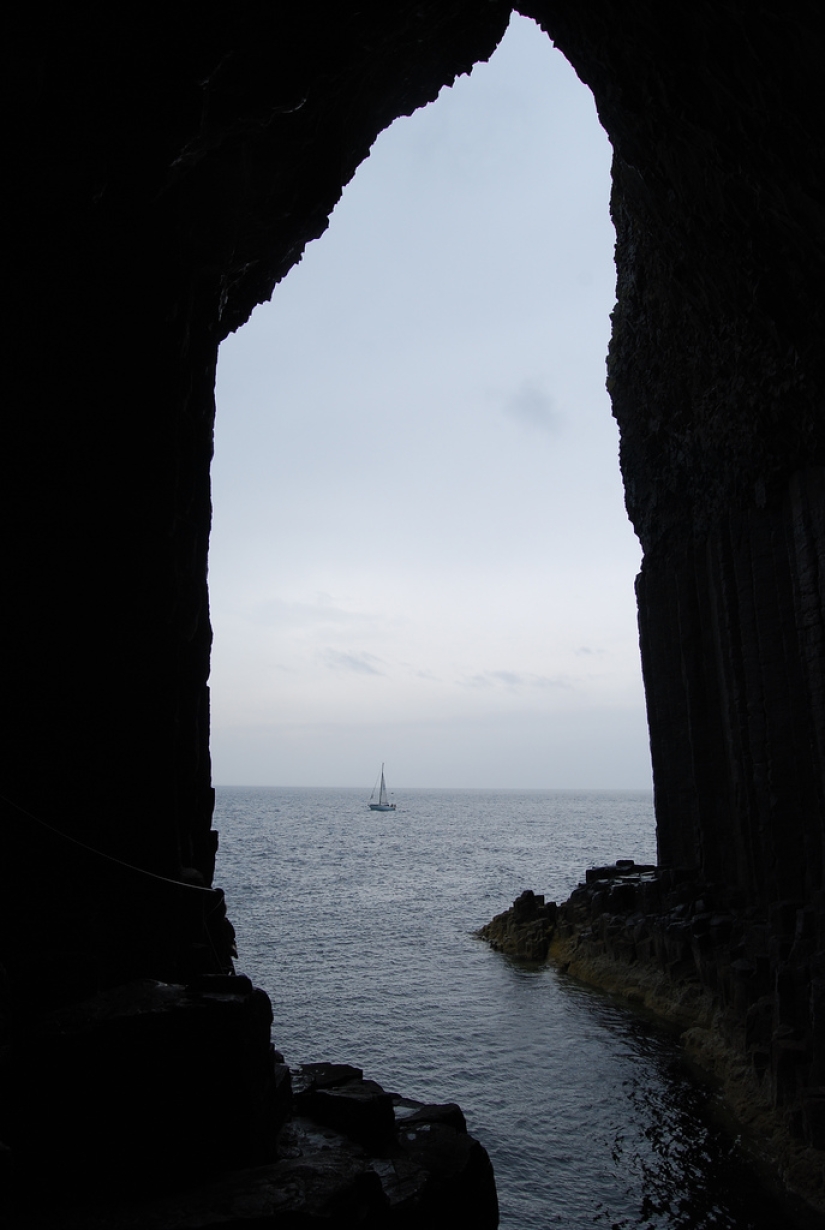
The huge hall of the cave repeats the sounds of the surf many times, and the whole cave literally sings, justifying its ancient name Uamh-Binn — "Singing Cave".
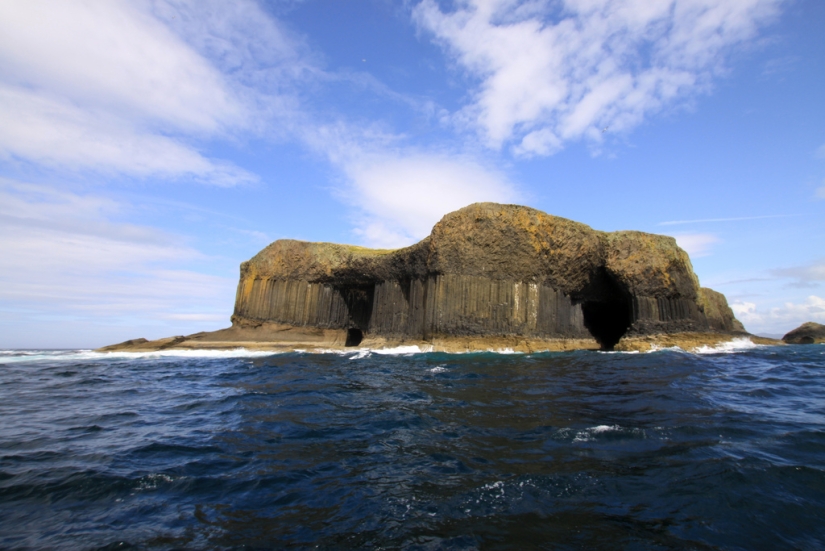

After the naturalist Joseph Banks described Fingal's Cave in 1722, Queen Victoria, Walter Scott, William Wordsworth, John Keats, Alfred Tennyson, and Jules Verne himself visited here. In 1832, the artist Joseph Turner painted a landscape on which he captured the cave that became famous.
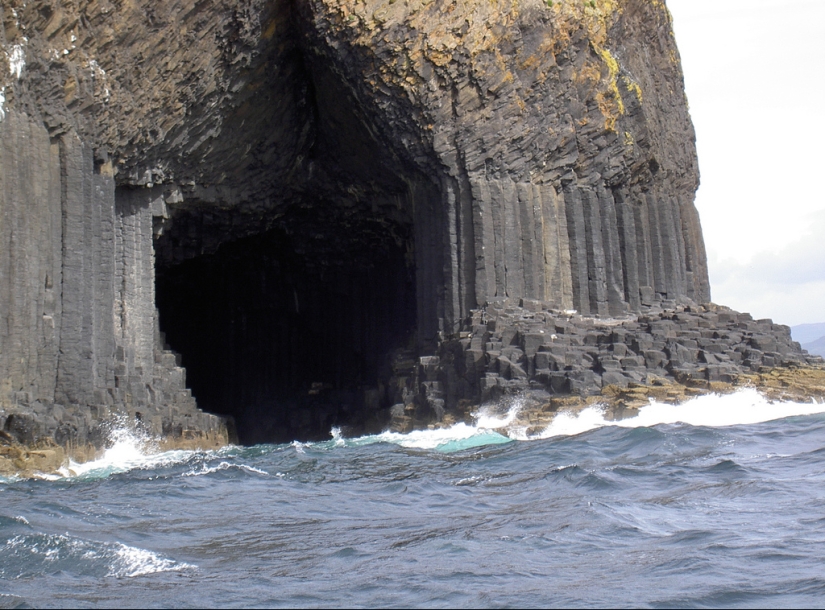
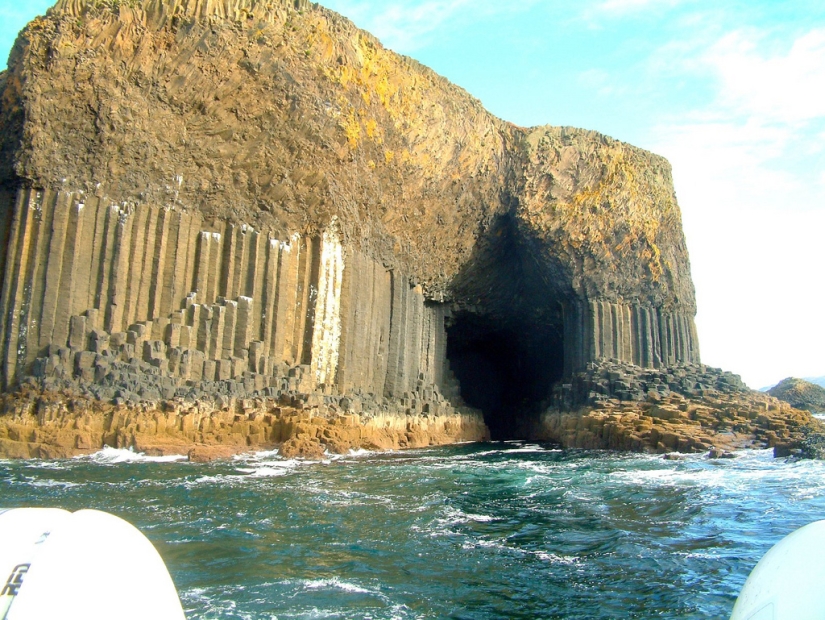
When the composer Felix Mendelssohn (the author of the famous Wedding March) visited the cave in 1829, he was so amazed by the amazing play of echoes in its halls that it inspired him to create an overture called "The Hebrides or Fingal's Cave".
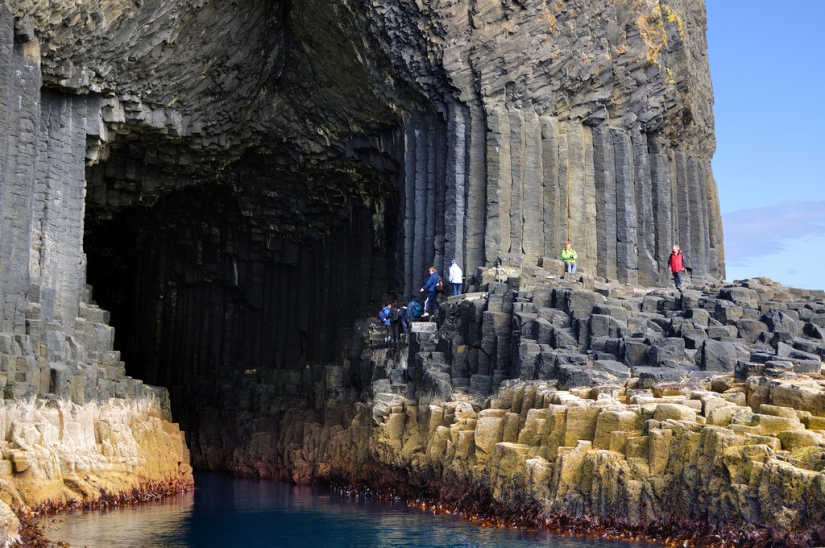
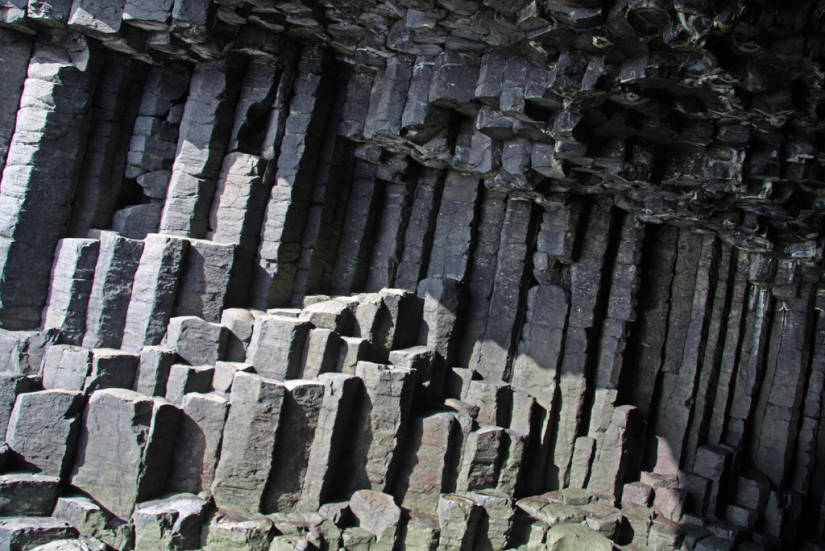
Shiner (the name can be translated as "White Wanderer") — one of the favorite heroes of the Celtic epic. According to one of the legends, he, going to fight with the formidable giant Benandonner, built a huge bridge-dam, and lay down to rest before the battle. While he was sleeping, the giant himself came across the bridge to his house in search of his opponent. But Fingal's wife Unah deceived the giant. She pointed to the sleeping Shiner, covered with a blanket, and said that this was his newborn son, and that Shiner himself was not at home right now. Seeing the giant "baby", the giant was so terrified that he rushed to run, destroying the dam behind him.


There are several versions of this legend, but each time it ends with the cowardly flight of the enemy Fingal and the destruction of the dam. The magnificent basalt columns, according to legend, are the remains of piles driven into the bottom of the Irish Sea by a Fingal.
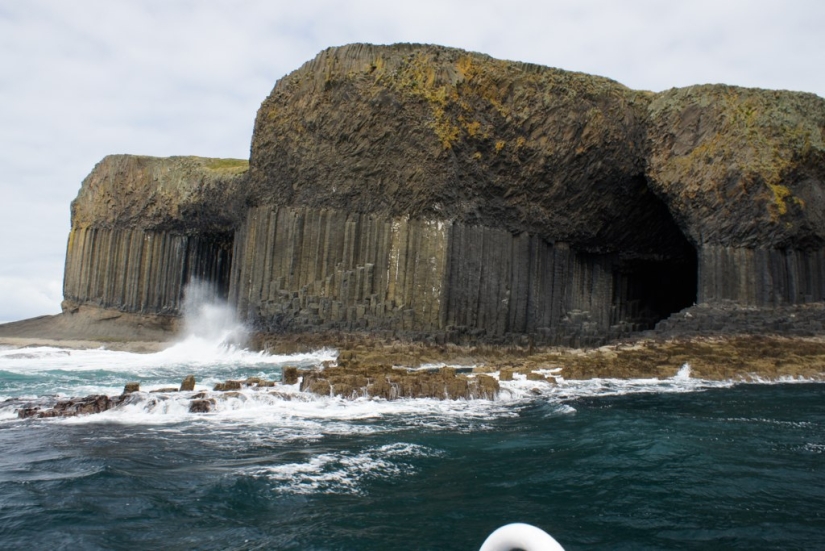
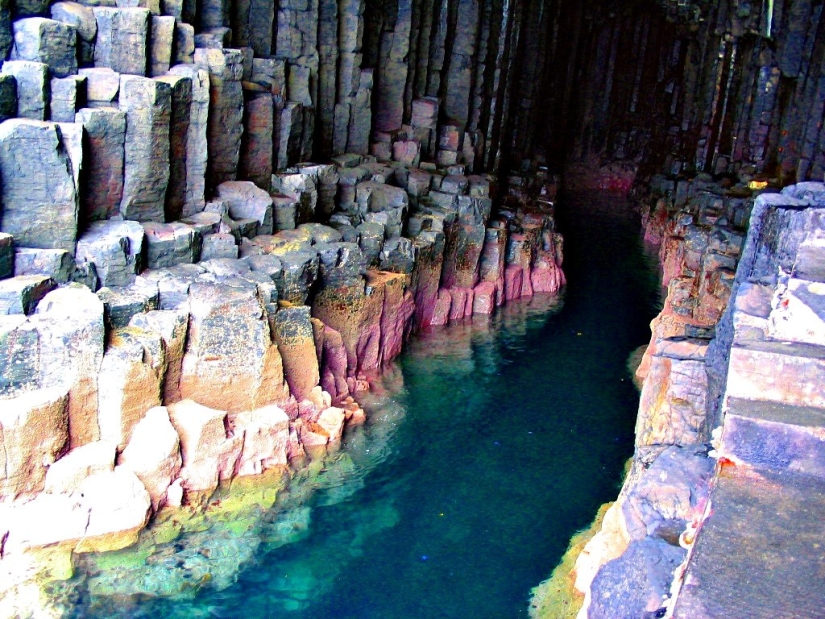
Fingal's Cave is not the only place where such amazing basalt columns are found. About 40,000 of these interconnected columns form the Road of Giants (which was also part of the dam built by Fingal) in the coastal strip of County Antrim, located in the north-east of Ireland.
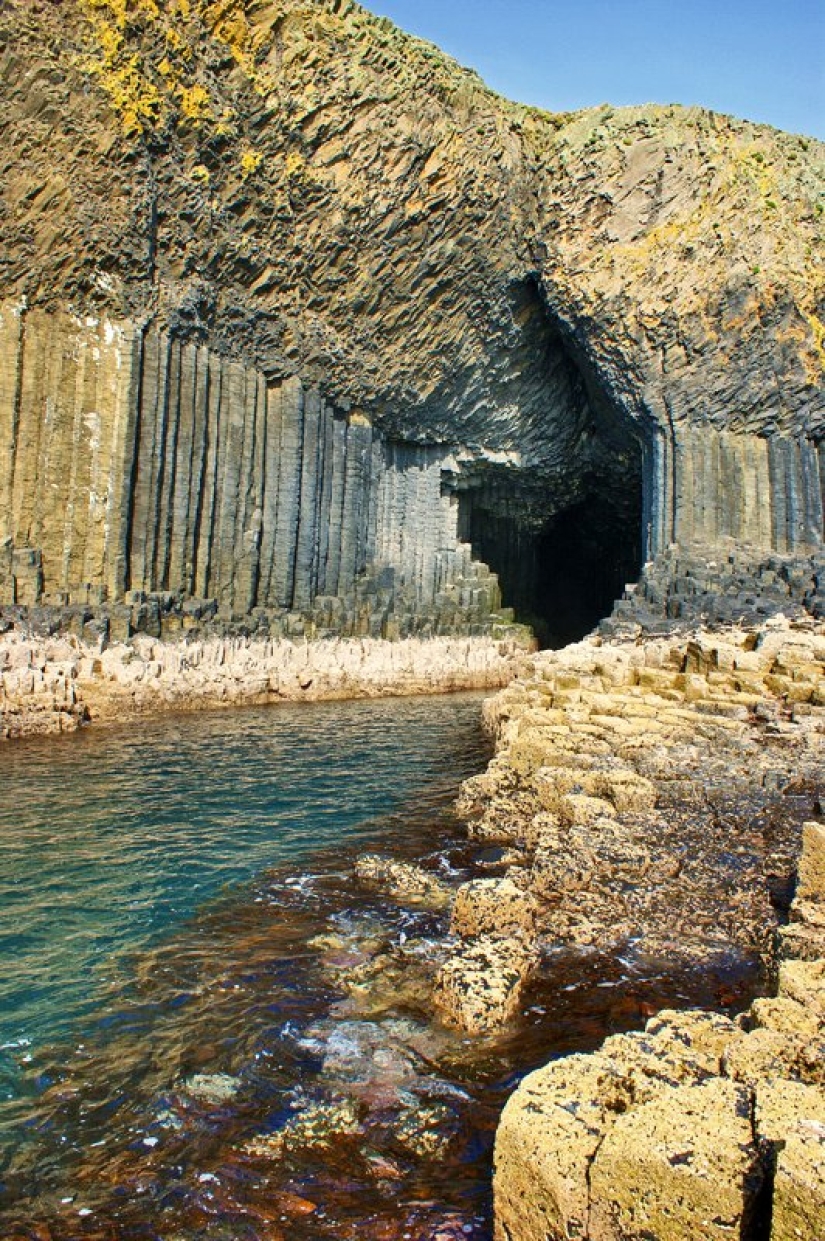
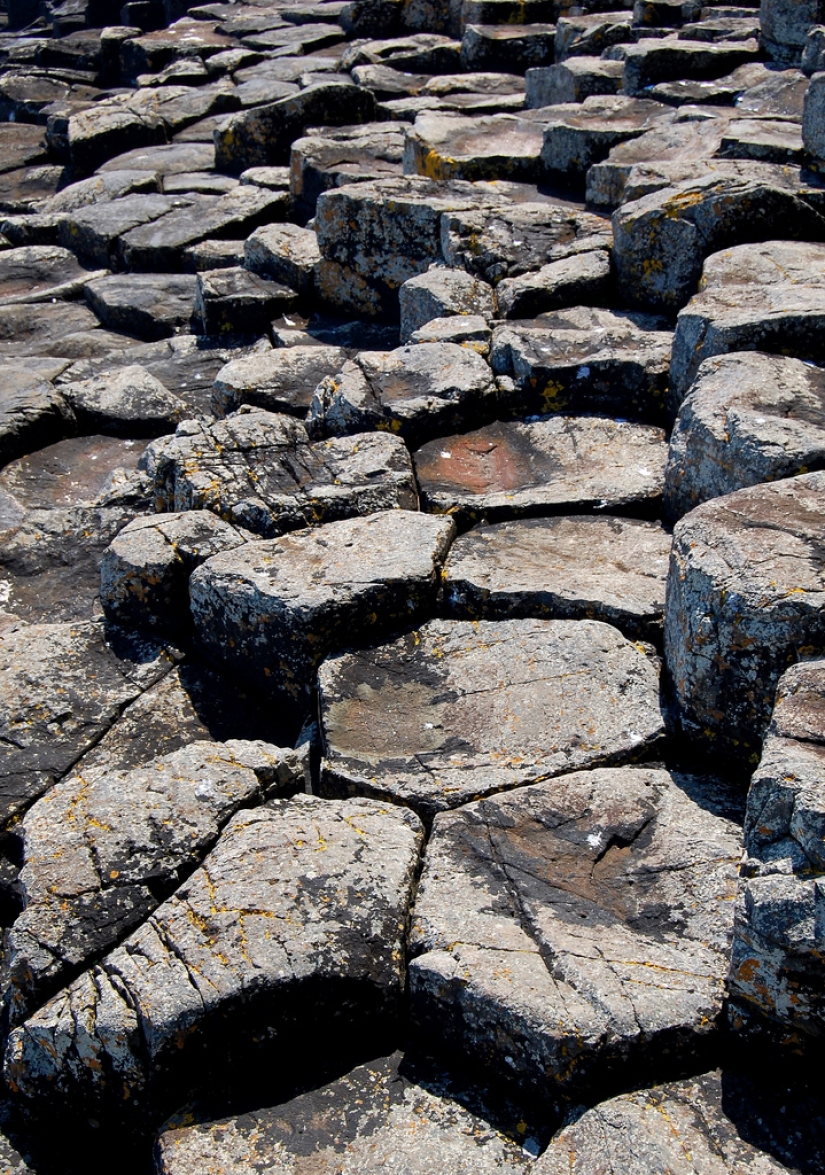
Recent articles

Advertising is the engine of trade. But in our case, it is also a generator of a great mood. The authors of the signs and ...

Damien Loeb, an American artist from New Haven, Connecticut, uses oil paints to create hyper-realistic paintings that are sometimes ...

With the beginning of the era of Great geographical Discoveries, Spain and Portugal rushed to saw the world, establishing their ...